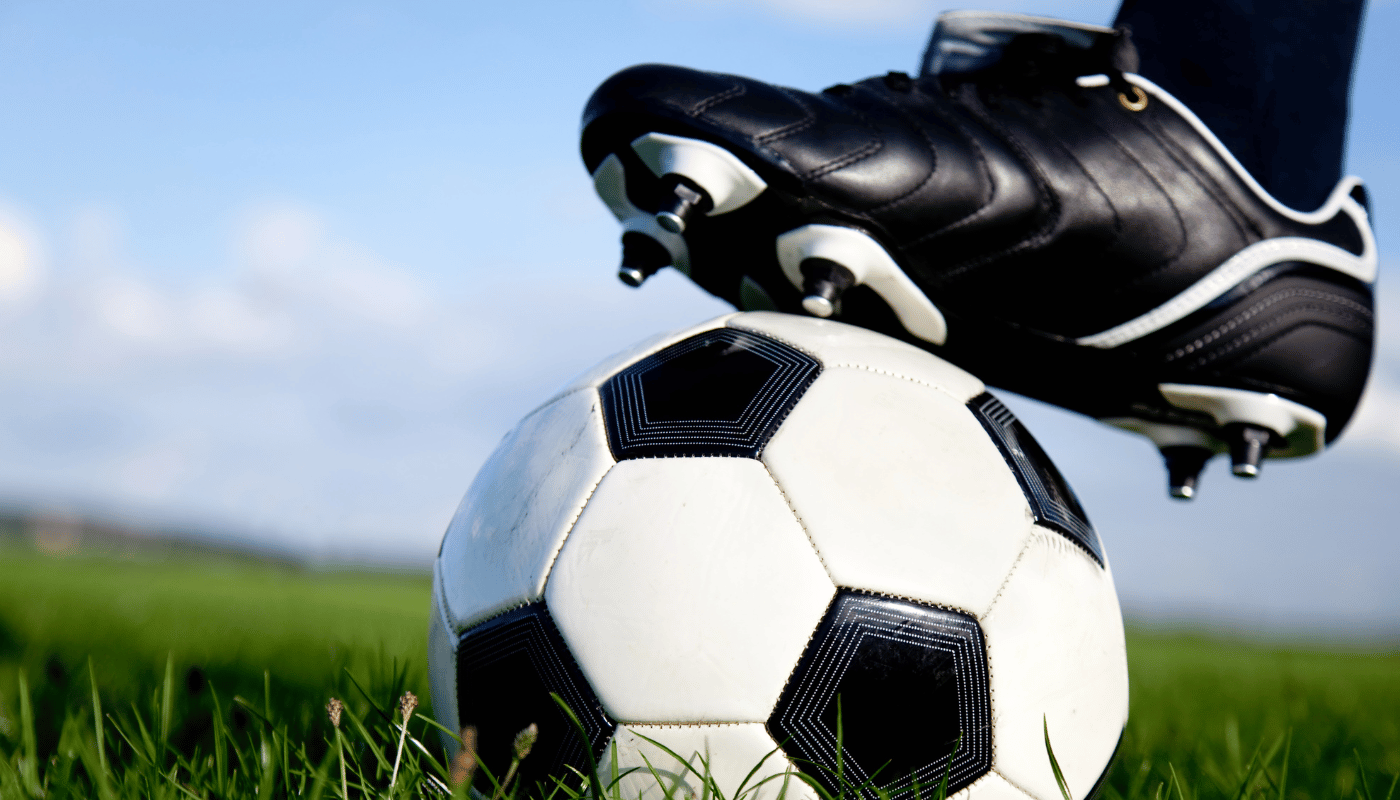The acronym “LT” in football stands for “Left Tackle.” The left tackle is a crucial member of the offensive line, responsible for protecting the quarterback’s blind side and creating holes for the running game. As one of the most important positions on the field, the left tackle plays a vital role in the overall success of the team’s offense.
The Importance of the Left Tackle Position
The left tackle is often referred to as the “blindside protector” because they are responsible for defending the quarterback’s blind side, which is the side opposite the quarterback’s throwing arm. This position requires exceptional strength, agility, and technique to effectively block the opposition’s best pass rushers, who often line up against the left tackle.
Protecting the Quarterback
One of the primary responsibilities of the left tackle is to protect the quarterback from devastating hits and sacks. Quarterbacks are typically right-handed, meaning their throwing motion and vision are more focused on the right side of the field. The left tackle’s job is to ensure that the quarterback’s blind side is secure, allowing them to focus on their reads and make accurate throws without fear of being blindsided.
Creating Holes for the Running Game
In addition to pass protection, the left tackle also plays a crucial role in the running game. By effectively blocking defensive linemen and linebackers, the left tackle creates holes and running lanes for the running backs. This allows the offense to establish a powerful ground game, which in turn opens up opportunities for the passing attack.
Anchoring the Offensive Line
The left tackle is often considered the most important member of the offensive line, as they set the tone for the entire unit. Their strength, technique, and communication skills are essential in coordinating the offensive line’s blocking assignments and ensuring the entire unit works cohesively to execute the play.
The Attributes of a Successful Left Tackle
To excel in the left tackle position, players must possess a unique combination of physical, technical, and mental attributes.
Physical Attributes
Left tackles are typically large, powerful, and athletic individuals. They need to have exceptional size, strength, and reach to match up against the league’s elite pass rushers. Agility and quickness are also important, as left tackles must be able to quickly react and adjust to changing defensive alignments.
Technical Attributes
In addition to their physical prowess, left tackles must also have a mastery of proper technique. This includes maintaining a strong, balanced stance, utilizing effective hand placement and leverage, and developing a keen understanding of footwork and body positioning. The ability to quickly diagnose defensive schemes and react accordingly is also crucial.
Mental Attributes
The left tackle position requires a high level of mental acuity. Left tackles must be able to quickly process information, make split-second decisions, and effectively communicate with the rest of the offensive line. They must also possess a strong work ethic, discipline, and the ability to maintain composure under intense pressure.
Key Attributes Summary
Here is a summary of the essential attributes for a successful left tackle:
Physical:
- Size and strength
- Agility and quickness
- Exceptional reach
Technical:
- Balanced stance
- Effective hand placement
- Advanced footwork
Mental:
- Quick decision-making
- Strong communication
- High composure under pressure
The Evolution of the Left Tackle Position
The importance of the left tackle position has evolved over time, reflecting the changing dynamics of the game. As the NFL has become increasingly pass-centric, the value of the left tackle has only increased, as they are tasked with protecting the quarterback’s blind side from the league’s most dominant pass rushers.
Impact of Rule Changes
Rule changes, such as the introduction of the “Hines Ward” block and the increased emphasis on player safety, have also influenced the way left tackles approach their position. These changes have required left tackles to adjust their techniques and become more adept at maintaining proper form and leverage to avoid penalties and protect their opponents from unnecessary harm.
Rise of Elite Pass Rushers
The emergence of elite pass rushers, such as Lawrence Taylor, DeMarcus Ware, and Khalil Mack, has also had a significant impact on the left tackle position. Left tackles must constantly adapt their techniques and strategies to effectively neutralize the league’s most dominant edge rushers, who possess a rare combination of size, speed, and power.
Evolution Timeline
| Era | Key Developments |
| 1960s-1970s | Establishment of the left tackle as a key position |
| 1980s-1990s | Increased focus on pass protection and athleticism |
| 2000s-Present | Rise of elite pass rushers and advanced blocking schemes |
Utilizing LT in Football Strategies
Left tackles are not only crucial in protecting the quarterback and opening up the running game, but they also play a vital role in the overall offensive strategy.
Schemes and Playcalling
Offensive coordinators often design their plays and schemes with the left tackle’s strengths and weaknesses in mind. They may call for quick-developing passes, bootleg plays, or run-heavy formations to leverage the left tackle’s abilities and mitigate potential vulnerabilities.
Personnel Decisions
The importance of the left tackle position is reflected in the way teams approach personnel decisions. Teams often invest significant resources, such as high draft picks or lucrative contracts, to acquire and retain elite left tackle talent, recognizing the position’s critical impact on the team’s overall offensive success.
Coaching and Development
Coaching and player development are also crucial for left tackles, as they must continuously refine their technical skills and adapt to the ever-changing demands of the position. Effective coaching, film study, and targeted training regimens are essential in helping left tackles reach their full potential and perform at the highest level.
Conclusion
The left tackle position is a critical component of a successful football team’s offensive strategy. As the “blindside protector” and a key contributor to both the passing and running games, the left tackle plays a vital role in the overall success of the offense. By possessing a unique blend of physical, technical, and mental attributes, elite left tackles are able to consistently neutralize the league’s most dominant pass rushers and pave the way for their team’s offensive success.
FAQs
What is the primary role of the left tackle in football?
The primary role of the left tackle in football is to protect the quarterback’s blind side and create running lanes for the offense.
What physical attributes are important for a successful left tackle?
Important physical attributes for a successful left tackle include size, strength, athleticism, and agility.
How has the importance of the left tackle position evolved over time?
The importance of the left tackle position has grown as the NFL has become more pass-centric, with the need to protect the quarterback’s blind side from elite pass rushers.
How do teams utilize the left tackle position in their offensive strategies?
Teams often design plays and schemes that play to the left tackle’s strengths, such as quick-developing passes or run-heavy formations. They also invest significant resources to acquire and retain elite left tackle talent.
What technical and mental skills are required for a left tackle to excel?
Key technical skills include proper footwork, hand placement, and leverage, while important mental skills include quick decision-making, communication, and the ability to maintain composure under pressure.

With over six years of experience in the betting industry, Alex shares valuable insights, tips, and strategies to help bettors make informed decisions. He is dedicated to exploring the latest betting applications and providing thorough reviews to enhance the user experience. When not analyzing stats or watching matches, Alex enjoys engaging with the football community and discussing the latest trends in sports betting.

